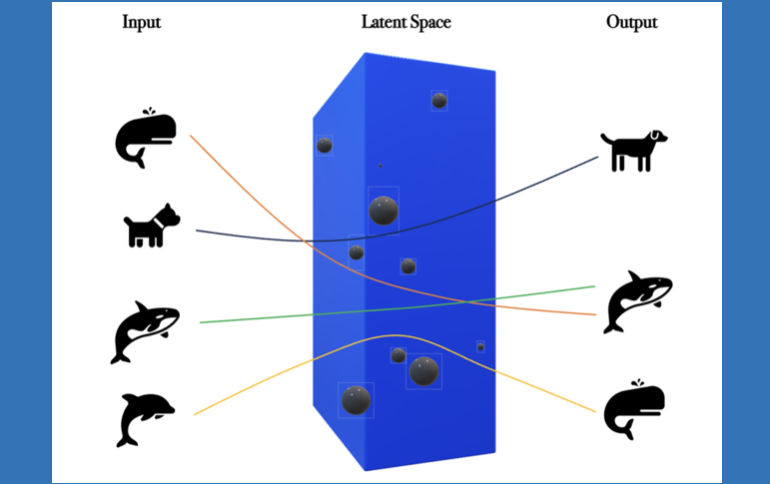
In this paper, we explore a space-time geometric view of signal representation in machine learning models. The question we are interested in is if we can identify what is causing signal representation errors – training data inadequacies, model insufficiencies, or both. Loosely expressed, this problem is stylistically similar to blind deconvolution problems. However, studies of space-time geometries might be able to partially solve this problem by considering the curvature produced by mass in (Anti-)de Sitter space. We study the effectiveness of our approach on the MNIST dataset.

Cosmologists are facing the problem of the analysis of a huge quantity of data when observing the sky. The methods used in cosmology are, for the most of them, relying on astrophysical models, and thus, for the classification, they usually use a machine learning approach in two-steps, which consists in, first, extracting features, and second, using a classifier. In this paper, we are specifically studying the supernovae phenomenon and especially the binary classification “I.a supernovae versus not-I.a supernovae”. We present two Convolutional Neural Networks (CNNs) defeating the current state-of-the-art. The first one is adapted to time series and thus to the treatment of supernovae light-curves. The second one is based on a Siamese CNN and is suited to the nature of data, i.e. their sparsity and their weak quantity (small learning database).